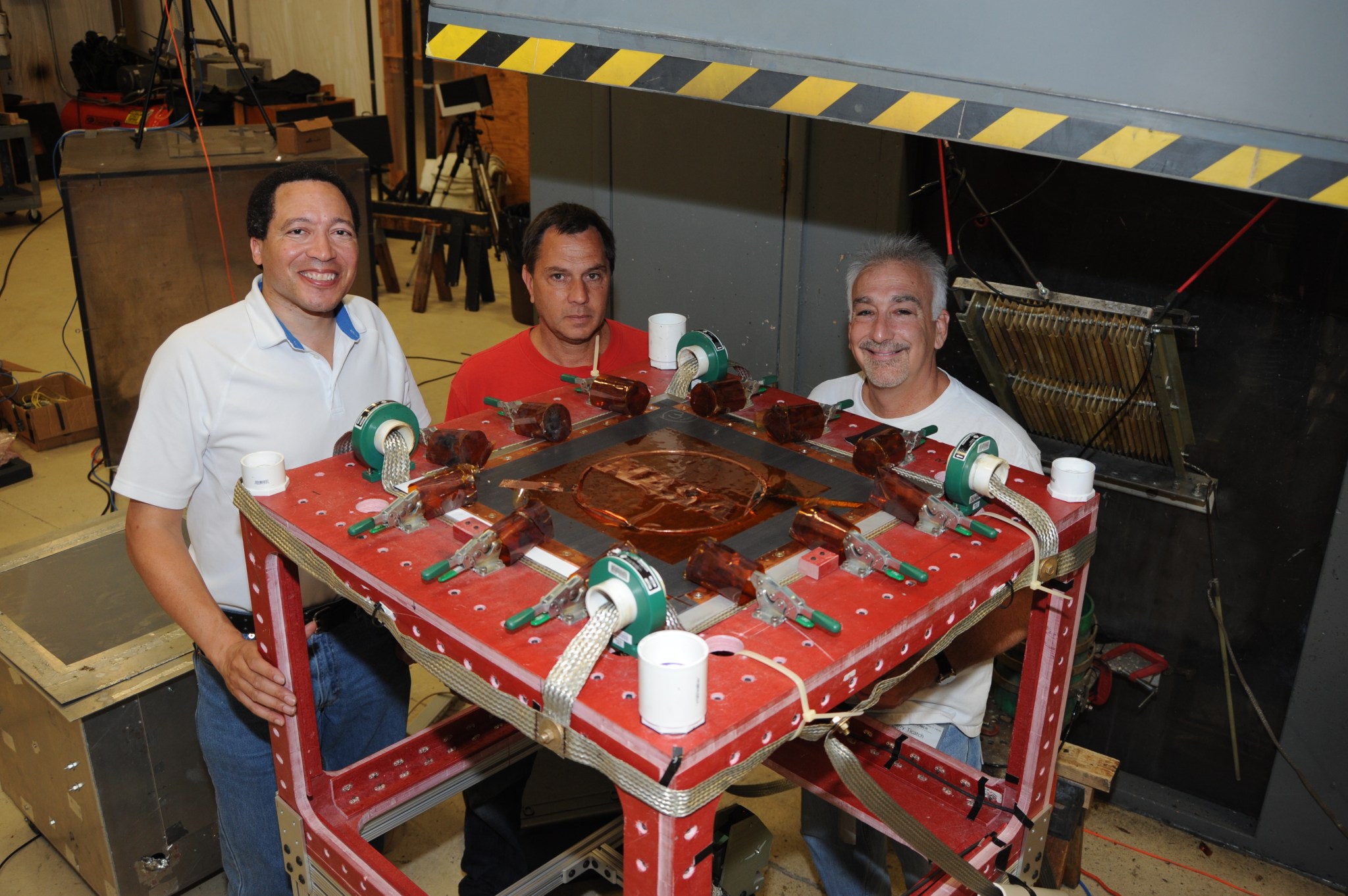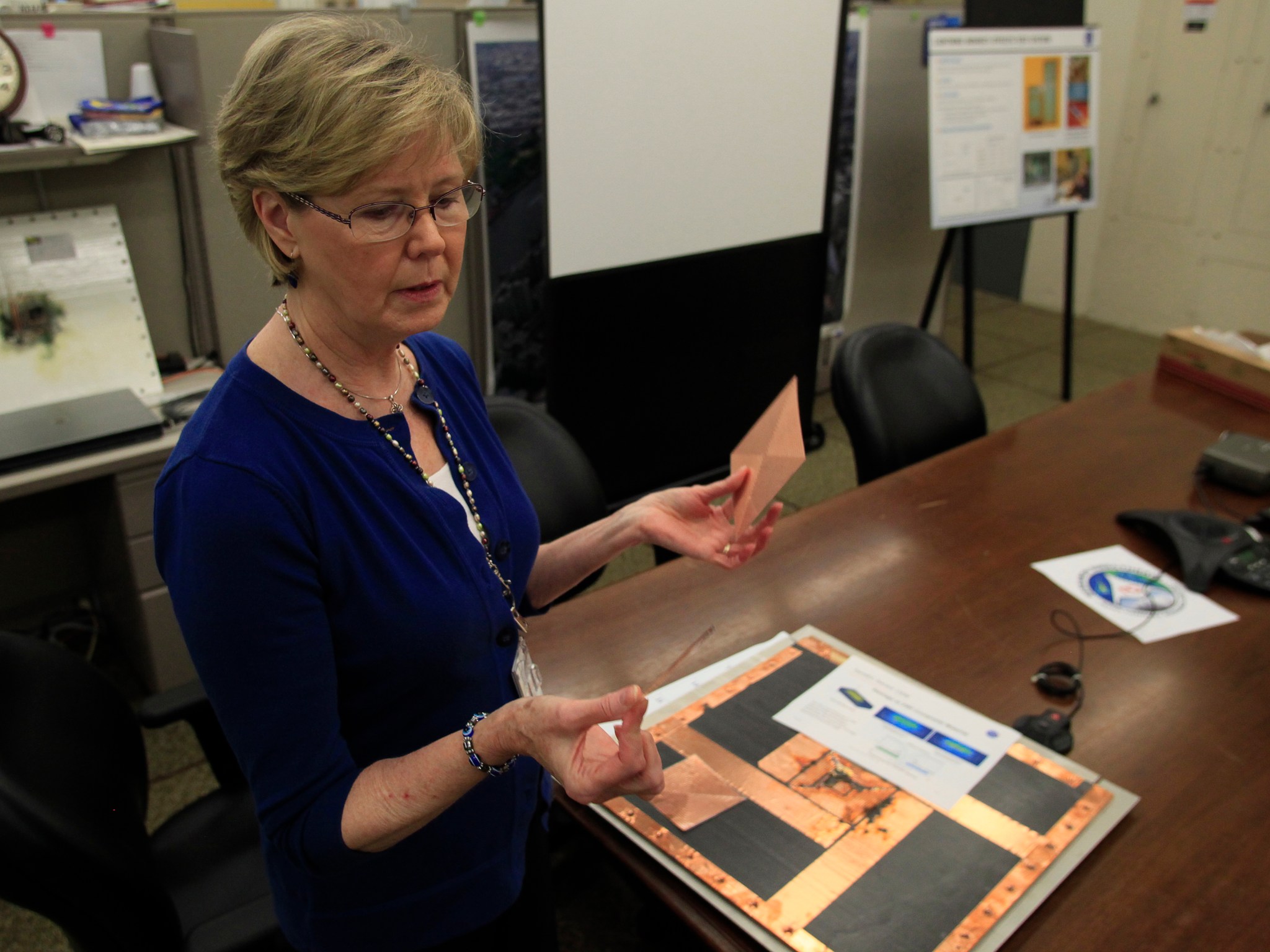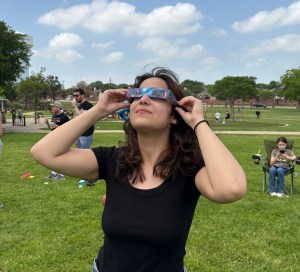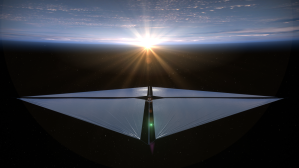Something shocking is happening at NASA’s Langley Research Center in Hampton, Va. Researchers are zapping composite materials with lightning in order to develop a “smart skin” that could make aircraft safer.
In early July, NASA Langley researchers George Szatkowski and Ken Dudley traveled to a lightning-simulation lab in Pittsfield, Mass., where they zapped several panels of composite materials with a series of high-current lightning strikes.

Integrated into each of those composite panels were SansEC (Sans Electric Connection) sensors. Developed at NASA Langley, the conductive, damage-tolerant sensors are capable of determining the physical characteristics of the material upon which they’re placed, and can detect and identify delamination, punctures, cracks and rips in composite materials.
The results of the lightning lab tests are helping Szatkowski and Dudley understand exactly how lightning affects composites like the ones used on modern aircraft.
“The SansEC sensors give us a means of measuring the impedance of the underlying composite,” said Szatkowski. “With these sensors, we can determine the health state of the composite and the location and severity of any potential damage”

In addition, a special lightning test bed was used to capture the electrical, mechanical and thermal parameters during the lightning strike to quantify the damage mechanisms. The recorded thermal data allowed Szatkowski and Dudley to see temperature hot spots and what Szatkowski refers to as the “attachment location” — or the exact spot where the lightning struck.
Tests like the one Szatkowski and Dudley conducted in Massachusetts are important because aircraft are increasingly being manufactured with composite materials, which help to reduce weight, improve fuel efficiency, and provide enhancements in design and manufacturability. That move to composites is a big change for an industry that has traditionally dealt in metal.
“Aircraft historically are made out of aluminum,” said Sandra Koppen, an electrical engineer and the manager of NASA Langley’s High Intensity Radiated Fields (HIRF) Lab. “A lightning strike hits it, it conducts all that current and voltage right across the aircraft. It does not go inside — usually. Usually it’s just right off the tail or off the wingtips.”
That’s not the case with composites, which don’t have the conductivity of aluminum. To work around that, manufacturers embed a metal mesh on the surface of the composite material — typically aluminum or copper. The mesh adds conductivity to help prevent lightning from doing catastrophic damage, but it also adds weight.
According to Koppen, the SansEC sensors, which are made of a thin, lightweight copper foil, could eventually replace the metal mesh.
“What we are endeavoring to do is create a multi-function sensor that will perform the same function as that metal mesh,” she said, “but in addition it gives you damage measurement capability.”
In other words, the sensors could give pilots real-time information about damage incurred during in-flight lightning strikes or from other damage scenarios. Following a lightning strike, a wireless “interrogation” system would scan the SansEC sensors and compare the results with a baseline measurement. Serious damage would trip an alarm. Ground crews could also use the system to do a “health check” and detect any damage not immediately visible to the human eye.
That capability, in and of itself, would be a huge boon to an industry that’s relying more and more on composites. Ultimately, though, the team at NASA Langley has even higher hopes for the SansEC sensors. Eventually, they’d like to use the sensors to direct and control lightning.
“That’s the big feature of the SansEC,” said Szatkowski. “We’re hoping to be able to predetermine where the lightning’s going to go on the aircraft.”
Koppen says that if research progresses far enough, it’s conceivable that they could develop a system so sophisticated that it would direct lightning to a safe point on an aircraft — or even prevent lighting from ever touching the skin of an aircraft.
“If you can control it and guide it, then maybe it doesn’t even touch the aircraft. It’s just right across the top and gone,” she said.
But she emphasizes that the team at NASA Langley is “not there” yet.
“It’s a very long process to get there,” Koppen said. “All of this research will give us information on if we can even do that.”
Joe Atkinson
NASA Langley Research Center































